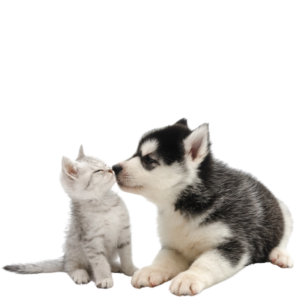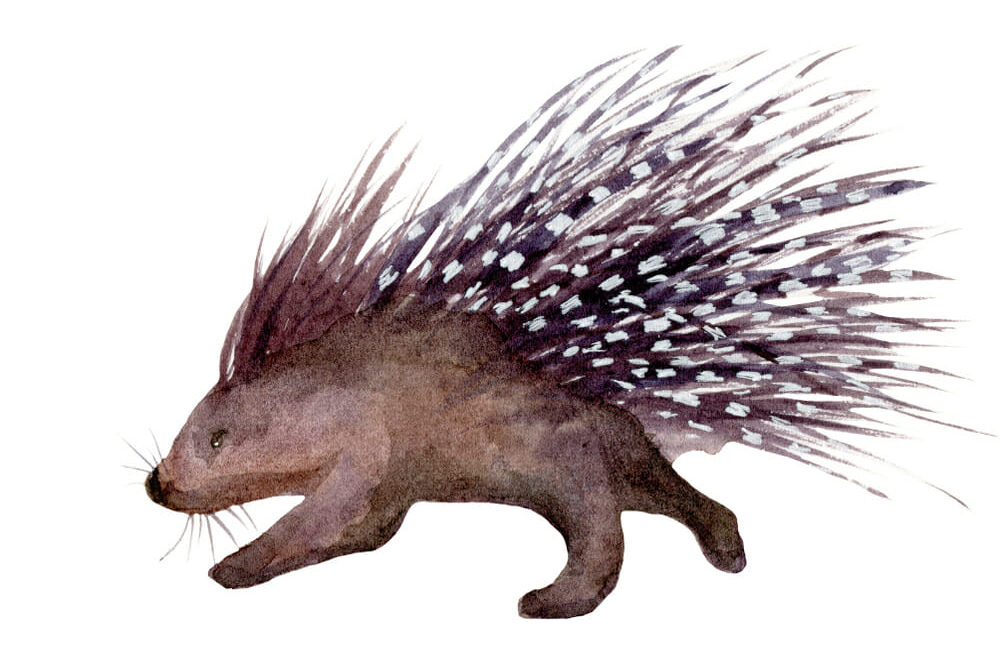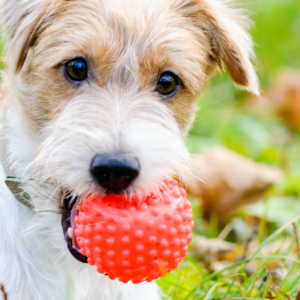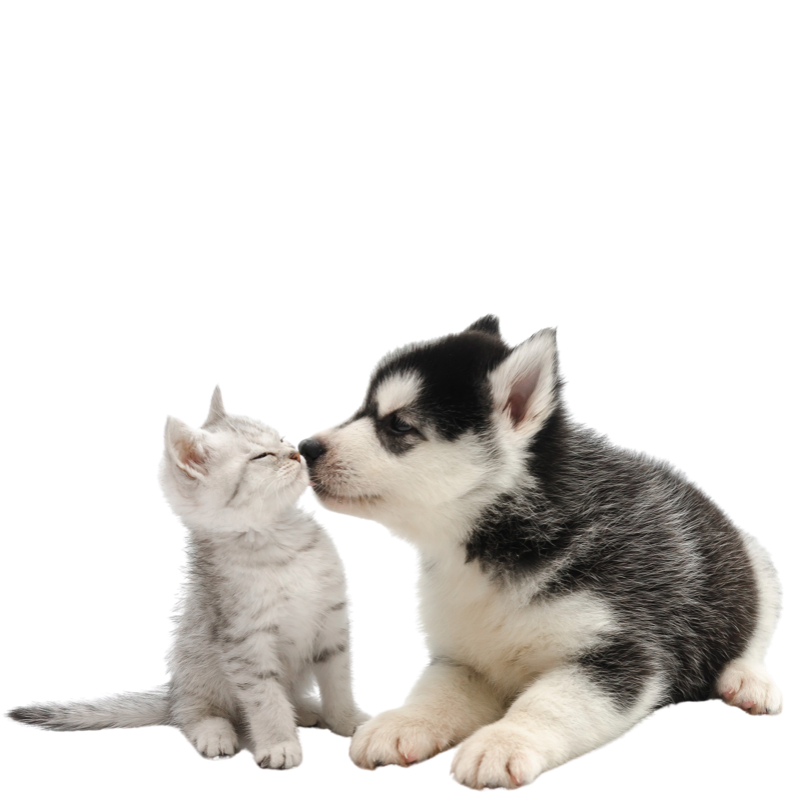I used to live and work in Ontario before moving here to join the Riverview team, and while I was there, we would see the occasional dog come in with porcupine quills. Since being here in New Brunswick, I think my record is seven dogs with quills, in a single night. I don’t know what it is that makes this area so appealing to porcupines, but whatever it is, it sure keeps us busy!
Porcupines are typically quite docile creatures, and usually, it’s the dogs with curious noses that get them in trouble. As some of you may know, it is truly a myth that porcupines can ‘throw’ their quills. Quills remain attached to the porcupine until they come in contact with something else like a dog’s mouth, nose, legs or paws. Though it may not look like it to the naked eye, quills are designed in a very special way. The tip of the quill is made to have reverse facing barbs on the end of it. This way, when a quill gets stuck in the skin, it is not easily removed. Think of the way a fishing hook works. Once the hook gets into the fish’s mouth, the barb is what keeps the fish from getting off the hook. The same theory applies to dogs and quills, and there was some research done at Harvard Medical School about porcupine quills and how they work. The researchers looked at how much pressure was required for the quills to become embedded in the skin. They found that quills became embedded in the skin 56% better than a hypodermic needle. To remove the quills, though, they noted that it required four times the amount of force. The quills require so much extra force to remove them because of the 700 and 800 barbs each quill has along the very tip. For more information on the research done in regards to porcupine quills, check out the article here.
Quills hurt – there’s no simpler way to put it other than they hurt. The way they are designed is to cause damage, and it is the only defence of the porcupine after all. If your dog is unlucky enough to encounter a porcupine and come away with quills, the best thing you can do is call your veterinary team and let them know you are on your way immediately. Your dog is going to be uncomfortable and will likely try to paw at their face and mouth in an attempt to remove the quills. If you can do so, try to keep your dog from doing this as it can cause more damage. When your dog rubs at their face, they can actually push some of the quills deeper, which can cause more pain, and it also makes them more difficult to remove. Sometimes the quills can break off under the skin when a dog paws at its face. It makes them extremely difficult to find and can cause many other complications.
Removing quills at home may be a tempting idea, but in doing so, you may end up doing more harm than good. Dogs will rarely sit still and allow you to pull all the quills by yourself. If you attempt to remove quills at home, some may break off under the skin, where you won’t be able to reach them. I have seen quills that have become imbedded inside the joints of the dog’s front legs, which can be very painful and be a large risk for infection. At your veterinary hospital, they will be able to administer your pet some sedation to help keep them quiet and comfortable while the quills are removed. If quills break off while you are attempting to remove them at home, they can cause serious complications. Even if it looks like there are only a few quills, there may be broken quills under the skin that you might not notice. Quills have the ability to migrate through the skin because of their barbed design. Migrating quills can travel all throughout the body and can even travel deep into muscles and organs like lungs, heart, kidneys, the spinal cord and other vital organs. These foreign objects can cause lots of damage and infection. The safest thing to do is to let your veterinary team handle the quill removal for you. We will also be able to prescribe your pet, adequate pain relief and antibiotics if necessary.
The best way to protect your dog against porcupine encounters is to keep them on a leash while you are in wooded areas or anywhere else you feel there may be a risk. Porcupines are mainly nocturnal creatures, so make sure to keep a close eye on your dog if they are out for a late-night pee. If you have a dog that likes to explore the world with their mouth, a basket muzzle may also help. They may still be able to get some quills in their nose, but the chances of them getting quills directly in their mouth are greatly reduced.
We hope that you and your pet won’t run into any porcupines soon, but, if you do, know that we are here to help at any time of the day or night should you need us! And like I mentioned above, we are not unfamiliar with porcupine quills, so we have a very experienced team here to help!
Written by: Kelsey Hewgill, RVT




